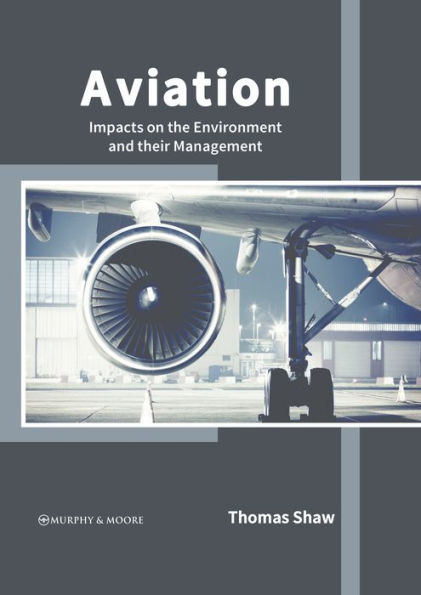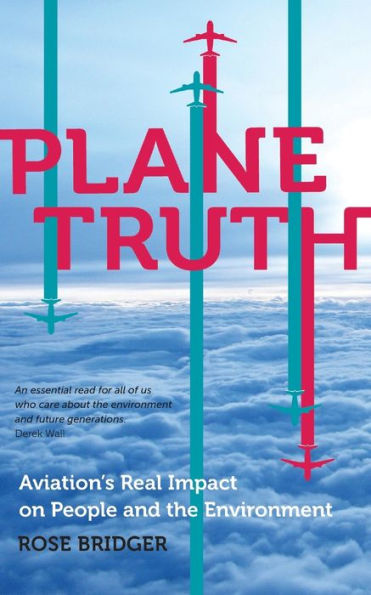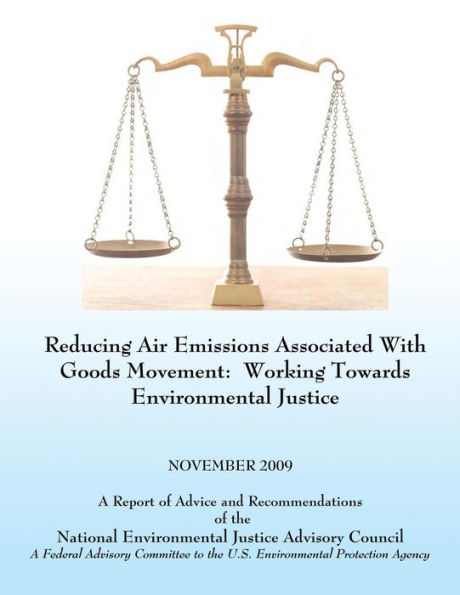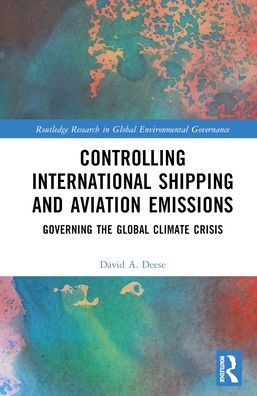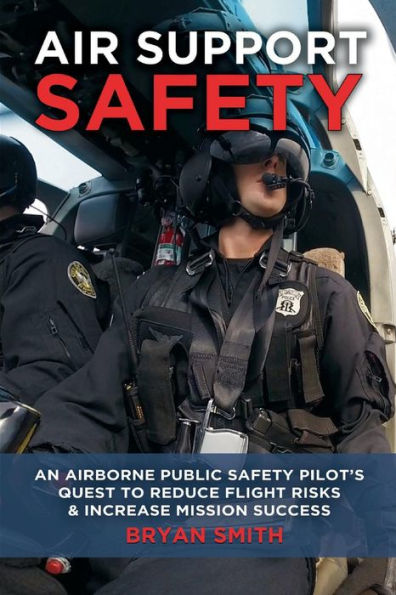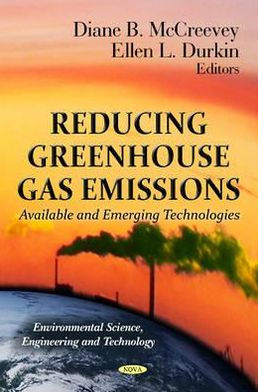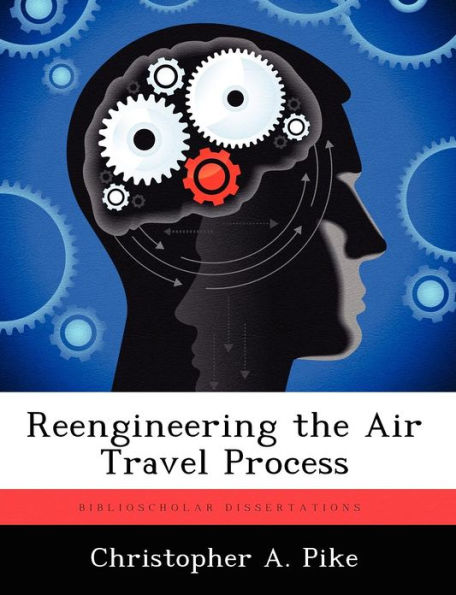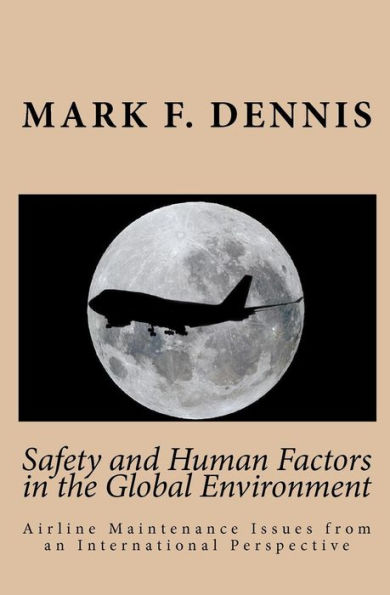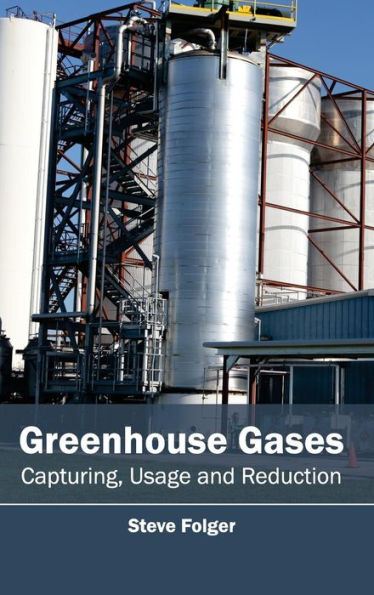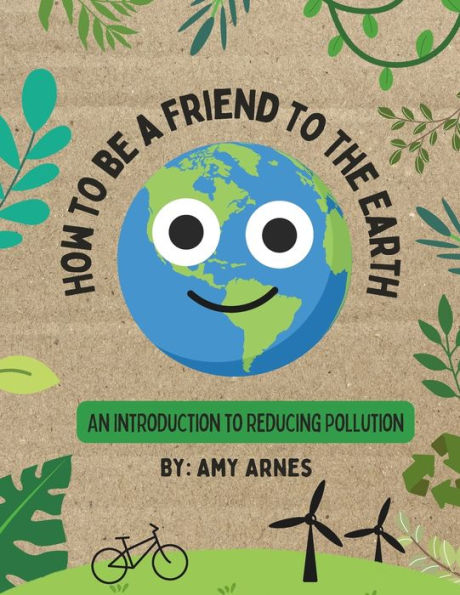Home
For Greener Skies: Reducing Environmental Impacts of Aviation


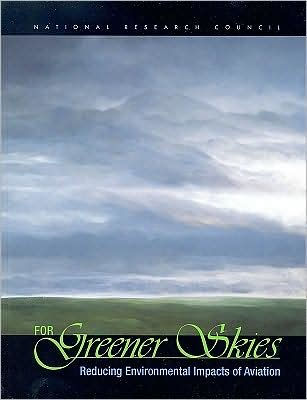
For Greener Skies: Reducing Environmental Impacts of Aviation
Current price: $34.75
Loading Inventory...
Size: OS
U.S. government, industry, and universities conduct research and develop technology that could help reduce aircraft noise and emissions-but only if the results are used to improve operational systems or standards. For example, the (now terminated) Advanced Subsonic Technology Program of the National Aeronautics and Space Administration (NASA) generally brought new technology only to the point where a system, subsystem model, or prototype was demonstrated or could be validated in a relevant environment. Completing the maturation process-by fielding affordable, proven, commercially available systems for installation on new or modified aircraft-was left to industry and generally took place only if industry had an economic or regulatory incentive to make the necessary investment. In response to this situation, the Federal Aviation Administration, NASA, and the Environmental Protection Agency, asked the Aeronautics and Space Engineering Board of the National Research Council to recommend research strategies and approaches that would further efforts to mitigate the environmental effects (i.e., noise and emissions) of aviation. The statement of task required the Committee on Aeronautics Research and Technology for Environmental Compatibility to assess whether existing research policies and programs are likely to foster the technological improvements needed to ensure that environmental constraints do not become a significant barrier to growth of the aviation sector.
